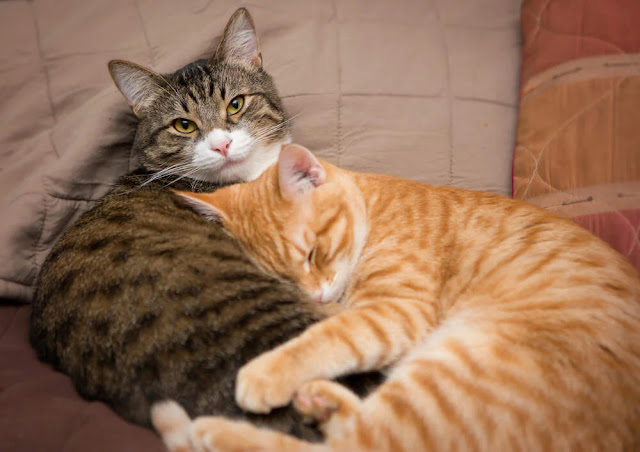Spotlight On Senior Cats: Why They Deserve Love

Adopting a senior cat is a choice that many people overlook, yet it’s one that can bring immense joy and fulfillment to both the cat and its new owner. Unfortunately, senior cats often face the challenge of being passed over in favor of younger, more energetic kittens. However, these older cats have so much love to offer and are in need of a forever home just as much as their younger counterparts. In this blog post, we will explore the numerous benefits of adopting a senior cat, from their calmer demeanor to the deep bond they can form with their new family. We’ll also address common misconceptions about senior cats, such as concerns about their health or behavior, and show why they truly deserve a second chance. If you’re considering adopting a pet, we hope this post will help you see just how rewarding it can be to offer a senior cat the loving home they deserve. Adopting a senior cat not only gives these wonderful animals a chance at a happy life but also allows you to experie...

